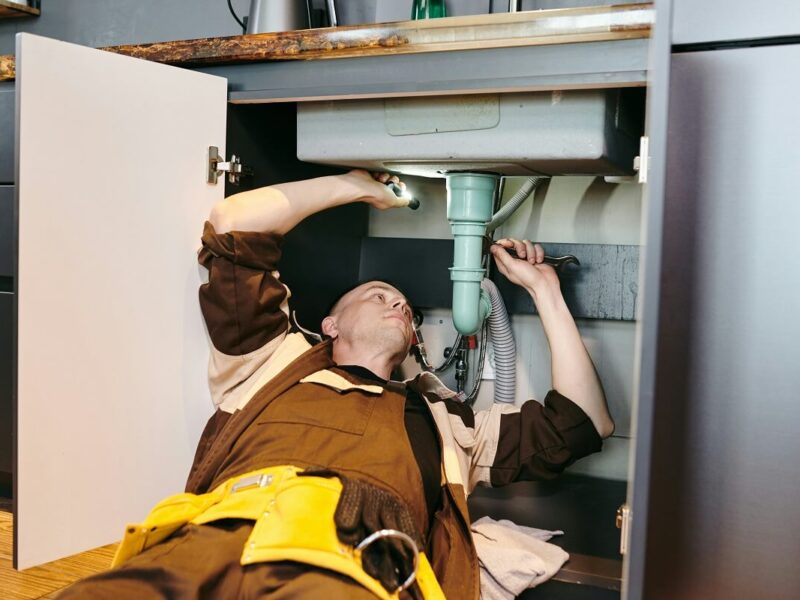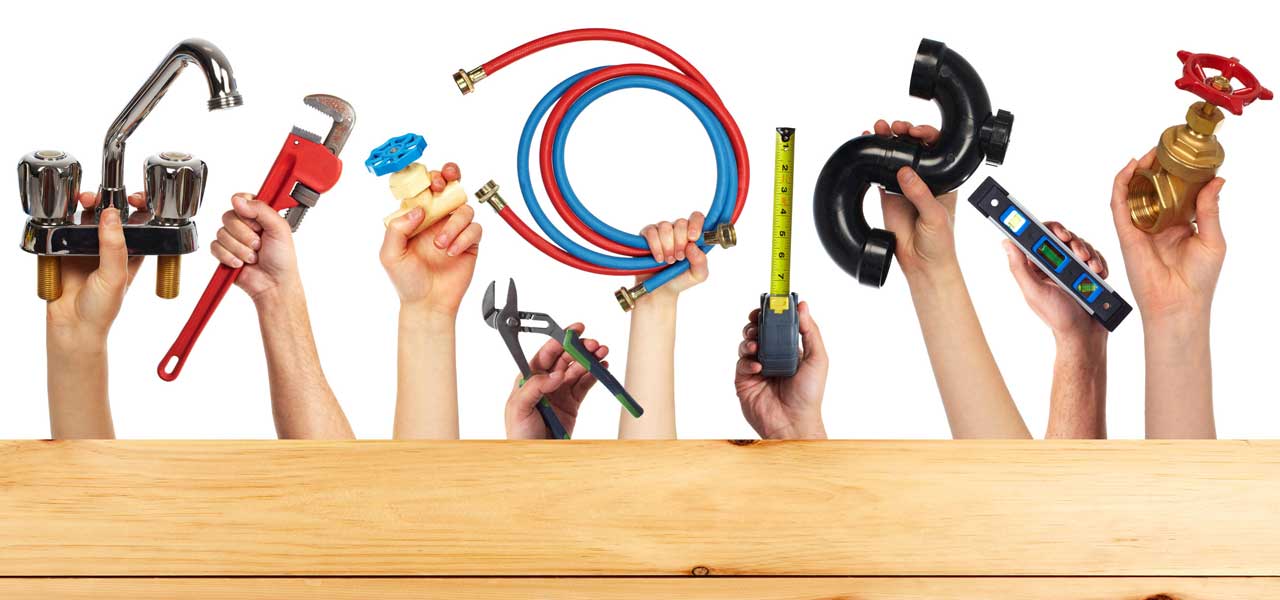Were you trying to locate critical info about Plumbing basics: How your home plumbing works?

Plumbing is an important element of any type of home, in charge of providing tidy water for alcohol consumption, cooking, and bathing, as well as removing wastewater safely. Understanding the basics of home plumbing is vital for every single home owner to ensure proper maintenance, troubleshooting, and, if necessary, fixings. In this newbie's overview, we'll cover the basic principles of home plumbing to aid you come to be extra familiar with how it works.
Water Supply System
The water system system brings tidy water into your home from a local water source or a private well. It consists of a main water line that attaches to your home's plumbing system, generally situated underground. A water meter determines the amount of water eaten, while a shut-off shutoff enables you to manage the flow of water right into your home.
Plumbing Components
Plumbing components are devices that deliver water to numerous parts of your home and consist of sinks, taps, commodes, showers, tubs, and home appliances such as dishwashers and cleaning makers. Each fixture is connected to the water supply system using pipelines and installations and may have its shut-off valve for upkeep or emergencies.
Water Heating System
The water heating system is in charge of heating water for domestic usage, including showering, cooking, and cleansing. Typical types of hot water heater include tank-type water heaters, tankless (on-demand) hot water heater, and heat pump hot water heater. The water heater is attached to the water system system and supplies warm water to plumbing components as required.
Drain System
The drainage system gets rid of wastewater from your home and lugs it away to a sewer treatment center or septic system. It contains a network of pipelines, installations, and components that deliver wastewater from plumbing fixtures to the main sewage system line or septic system. Proper water drainage is necessary to stop blockages, back-ups, and sewage leakages.
Ventilation System
The air flow system assists keep correct air pressure and protect against drain gases from entering your home. Air vent pipes, likewise called vent stacks, expand from plumbing fixtures to the roof covering, enabling sewage system gases to leave securely outdoors. Ventilation pipes likewise permit air to go into the water drainage system, facilitating smooth wastewater flow and protecting against suction or vacuum impacts.
Usual Plumbing Tools
Having the right devices available is crucial for carrying out standard plumbing repairs and maintenance tasks. Typical plumbing devices consist of adjustable wrenches, pipe wrenches, pliers, pipe cutters, hacksaws, plungers, augers (or drainpipe serpents), and Teflon tape. Having these devices readily available can assist you take on small plumbing issues efficiently.
Basic Plumbing Repair Work
While some plumbing repair services might call for specialist assistance, numerous typical concerns can be resolved with standard DIY strategies. Understanding how to deal with a dripping tap, unblock a drainpipe, change a toilet flapper, or repair a dripping showerhead can conserve you money and time on plumbing repairs.
Conclusion
Understanding the basics of home plumbing is important for each house owner to preserve a risk-free, practical, and efficient plumbing system. By familiarizing on your own with the water system, plumbing components, water drainage system, air flow system, usual plumbing devices, and fundamental repair work, you can confidently address small plumbing problems and ensure your home's plumbing system operates smoothly.
Understanding Basics of Home Plumbing System: A Beginner's Guide
The Main Components of Your Home Plumbing System
The Water Supply System
This system is responsible for transporting fresh water into your home. It usually has a main water line that splits into two branches: one directed towards cold water services and the other connected to a water heater for hot water. The pressure is key here; it ensures water reaches all parts of your house.
The Drainage System
Once water has been used, it becomes wastewater that needs to be removed from your home. This is where the drainage system comes into play. It includes all the pipes that carry wastewater and sewage away from your house to sewage treatment facilities or septic tanks.
The Vent System
The vent system prevents sewer gases from entering your home and helps maintain the pressure balance that allows wastewater to flow out properly. These vents usually exit through the roof of your house.
Water Heating System
For those who enjoy hot showers or using hot water for cleaning, the water heater is a crucial part of the plumbing system. It can be a tankless system, which heats water on demand, or a traditional water tank model.
Common Plumbing Problems and Basic Troubleshooting
Plumbing systems, while designed to be durable, can face issues like clogged drains, leaky faucets, or low water pressure. Here are some basic troubleshooting tips:
Clogged Drains
Use a plunger or a plumber's snake to try and dislodge whatever is blocking the drain. Regular cleaning can prevent clogs.
Leaky Faucets
Often caused by worn-out washers or gaskets, these can usually be replaced by someone with basic DIY skills.
Low Water Pressure
This might be due to sediment build-up in your fixtures or a leak somewhere in your water line. Cleaning out aerators or seeking a professional to detect leaks might be necessary.
Preventive Maintenance Tips
Maintaining your plumbing system is key to avoiding emergencies. Regularly check for leaks, avoid disposing of grease down the sink, and have your system inspected by a professional plumber at least once a year.

We were made aware of that report about Understanding the Basics of Your Home's Plumbing System from an associate on a different site. Those who appreciated our post kindly make sure you remember to share it. I am grateful for being here. Kindly check up our website back soon.
Website
Comments on “Understanding the Essentials of Home Plumbing: A Beginner's Handbook”